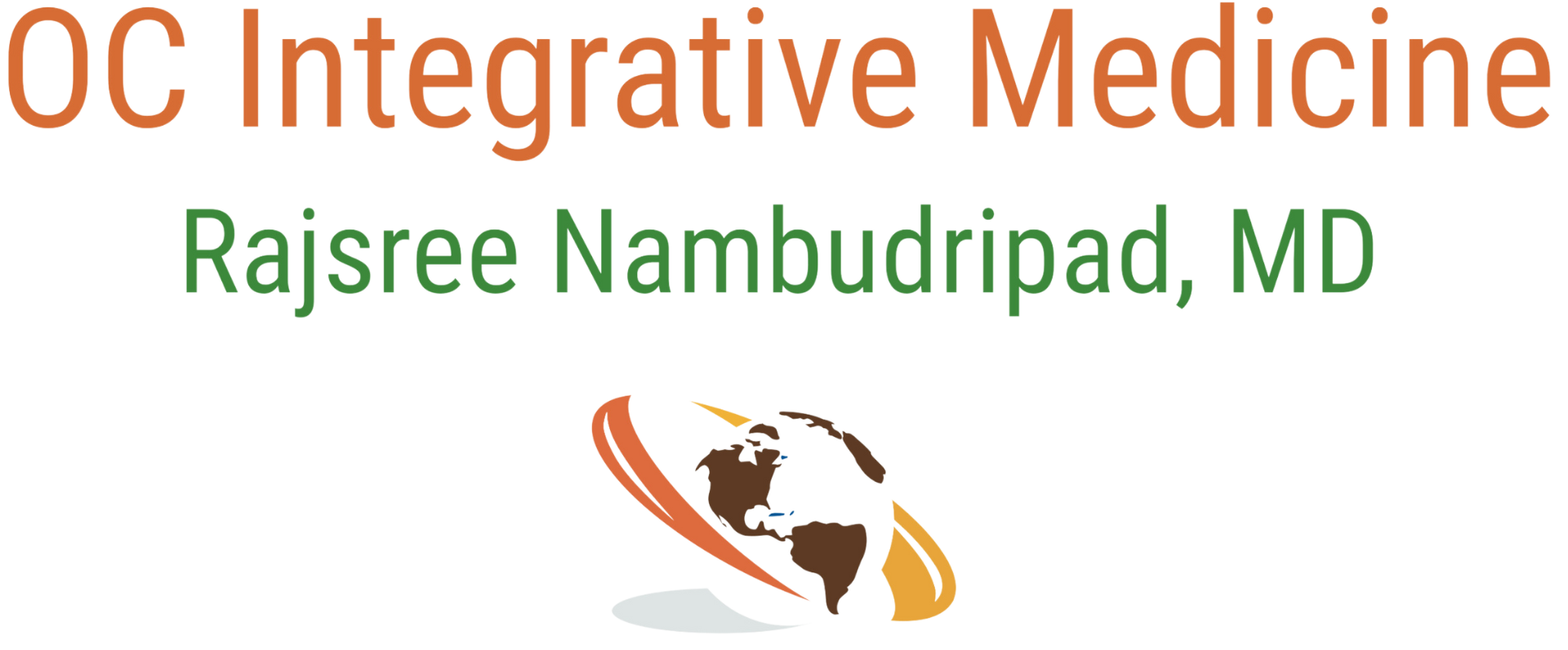

Hi Friends,
Every October, we honor Breast Cancer Awareness Month — but awareness alone isn’t enough. My mission is to help women move from fear to empowerment through true understanding and prevention.
Each year, more than 300,000 women in the U.S. are diagnosed with breast cancer. While genetics play a role, the majority of cases are influenced by lifestyle — particularly by how our bodies metabolize and detoxify estrogen.
At the center of this process lies an often-overlooked hero of women’s health: the estrobolome — a special part of your gut microbiome that helps regulate estrogen balance.
When the estrobolome is healthy, it protects you. When it’s disrupted, it can fuel the same hormonal imbalances that drive Estrogen-Receptor Positive (ER+) breast cancer, the most common form today.
⚠️ The Hidden Hormone Highway
Your body clears estrogen in three crucial phases — and if any phase is compromised, excess estrogen can get trapped and recycled, triggering inflammation and tissue overgrowth.
Phase 1 & 2 – Liver Detoxification:
Your liver transforms active estrogens into safer, conjugated forms. This process depends on key nutrients such as Magnesium, B vitamins, and sulfur compounds found in cruciferous vegetables. These same nutrients also support regular bowel movements — one of the body’s most vital routes for estrogen elimination.
Phase 3 – Gut & Bile Detoxification:
Once the liver packages estrogens for excretion, the gallbladder releases bile into your intestines — where your estrobolome takes over.
But if your gut is imbalanced, an enzyme called beta-glucuronidase becomes overactive. This enzyme can “undo” your liver’s work, reactivating estrogens and sending them back into circulation.
The result? A hormonal traffic jam — with elevated estrogen levels that can promote breast tissue proliferation and increase cancer risk.
🍷 The Truth About Alcohol and Breast Cancer
Let’s address one of the most underappreciated risk factors: alcohol.
Alcohol doesn’t just add calories — it disrupts estrogen metabolism and places a heavy burden on your liver, the organ responsible for clearing hormones from your body.
Even one drink per day has been linked to a 7–10% increase in breast cancer risk, while consuming two to three drinks daily can raise the risk by 30–40%.
Here’s why alcohol matters so much:
• It slows your liver’s ability to detoxify and excrete estrogens.
• It depletes key nutrients like magnesium and folate needed for estrogen metabolism.
• It fosters gut dysbiosis, raising beta-glucuronidase, the enzyme that recycles estrogens back into your bloodstream.
Consider minimizing or avoiding alcohol altogether, since there is no clear “safe” threshold for alcohol when it comes to breast cancer risk. Your liver, your gut, and your hormones will all function more smoothly — and you’ll notice improvements in your energy, sleep, and overall vitality. 🌿
💡Dr. Rajsree's Key Tips for Preventing Breast Cancer
Optimize Key Nutrients
Magnesium at bedtime for estrogen detoxification, bowel regularity, and quality sleep.
Maintain Vitamin D levels between 60–80 ng/mL for cancer prevention.
Prioritize A Healthy Lifestyle
Focus on whole, unprocessed foods and cruciferous vegetables.
Practice mindful stress reduction and prioritize restorative sleep.
Reevaluate alcohol intake.
Exercise regularly.
Repair Your Gut Microbiome
A broad spectrum probiotic like our Probiotic 100 Billion can help restore a healthy gut ecosystem. Herbal antimicrobials such as Berberine Pro and Oregano Oil correct dysbiosis and reduce estrogen-recycling bacteria.
Support Healthy Estrogen Metabolism
Estrogen Balancer (DIM + I3C) — compounds found in cruciferous vegetables like broccoli 🥦 — help your liver convert harmful “dirty” estrogens into healthier “clean” forms.
Stop Estrogen Recycling
Calcium-D-Glucarate helps block the beta-glucuronidase enzyme, ensuring estrogens are properly excreted instead of recirculated.
🎥 Watch my full video: Estrogen Dominance to learn how hormone balance begins in the gut.
🩷 Breast Cancer Screening: What You Need to Know
Early detection of breast cancer saves lives.
Mammography remains the standard of care for breast cancer screening.
However, mammograms have limitations — especially for women with dense breast tissue, which can obscure findings. In these cases, supplemental imaging is advised:
Breast Ultrasound: Provides additional detail for women with dense breasts or inconclusive mammogram results.
QT (Quantitative Transmission) Ultrasound: A new FDA-cleared, radiation-free 3D ultrasound that provides detailed images without compression or contrast agents. It’s currently approved as an adjunct to mammography — not a replacement — but shows promise in improving detection in dense breasts.
Breast MRI: Offers highly detailed imaging and is particularly useful in high-risk women. Most MRI protocols require gadolinium contrast, which may not be ideal for everyone. (Non-contrast MRI is typically used for checking the integrity of breast implants, rather than cancer screening.)
⚡ Help your Body Handle the Radiation
Although mammograms use low radiation levels, it’s a good idea to protect your body’s antioxidant defenses before and after screening.
My recommendations:
Antioxidant support: Take Glutathione (250 mg daily) and/or Vitamin C (1000 mg daily) for one week before and after your mammogram.
Glutathione injection: A quick and effective way to boost detoxification capacity, available in our office for current patients.
Wear a thyroid shield: A simple, inexpensive collar that protects your thyroid from scatter radiation during your mammogram.
💗 Estrogen: The Power Hormone
— Not One to Be Feared
Estrogen is not the enemy. It’s the power hormone that protects your bones, brain, heart, skin, and metabolism, while enhancing mood, sleep, and sexual health.
The myth that hormone replacement therapy (HRT) causes breast cancer has left too many women suffering needlessly. In reality, it’s hormone imbalance — not well-balanced hormone therapy — that increases risk.
When prescribed and monitored carefully, bioidentical HRT (BHRT) can restore vitality and help women age vibrantly. Proper optimization of hormones can be one of the most powerful tools for enhancing longevity. Learn more in my video on Hormone Replacement Therapy in Menopause below.





Broccoli 🥦 is a cruciferous vegetable that has sulforaphane, which has anti-cancer properties. It’s also a rich source of diindolylmethane (DIM), which has estrogen-metabolizing properties.
Spicy Broccoli Soup 🥦
Ingredients:
- 1/2 yellow onion, coarsely chopped
- 4 cloves garlic, coarsely chopped
- 12 oz bag of frozen broccoli, defrosted
- 6 oz (half a 12 oz bag) mixed veggies (corn, carrots, peas, and green beans), defrosted
- 32 oz carton of chicken or vegetable broth
- 1/4 cup olive oil
- 1/2 tsp cumin
- 1/2 tsp chili powder
- 1 tsp salt
- 1/2 tsp black pepper
Instructions:
- Sauté the aromatics: In a large saucepan, heat 1/4 cup olive oil over medium heat. Add the onion, garlic, cumin, and chili powder. Cook until fragrant, about 2–3 minutes.
- Cook the vegetables: Add the defrosted broccoli and mixed veggies. Sprinkle in the salt and black pepper. Sauté for about 5–7 minutes until the veggies are tender.
- Blend the soup: Pour in about half of the broth (16 oz) and stir to combine. Carefully transfer the mixture to a blender. Blend until smooth. For safety, cover the blender with a towel and hold the lid down.
- Finish the soup: Return the blended soup to the saucepan. Add the remaining broth (16 oz). Stir well and bring the soup to a boil.
- Serve and enjoy!
Thank you for taking the time to care for your health. If this message encouraged you, pass it along to a friend—together, we can inspire more women to nurture and protect their breast health.
Warm regards,

Rajsree Nambudripad, MD



